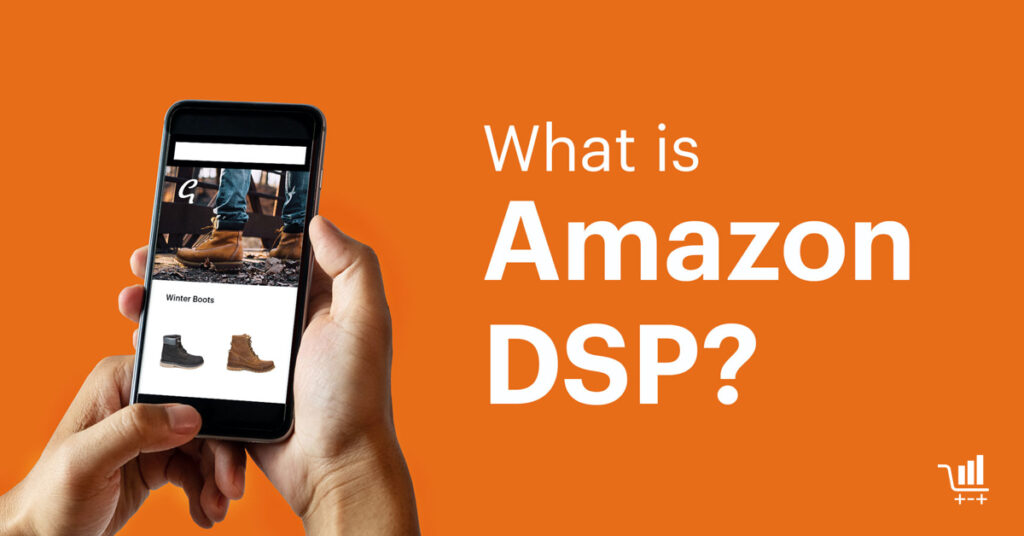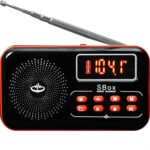What is Amazon DSP?
Amazon DSP, short for Demand-Side Platform, is a programmatic advertising platform that allows advertisers to purchase display, video, and audio ads both on and off Amazon. It provides a way for brands and agencies to reach potential customers across the vast Amazon ecosystem and beyond, leveraging the company’s extensive data and targeting capabilities.
Key Features of Amazon DSP
- Audience Targeting: Amazon DSP offers sophisticated targeting options based on demographics, interests, behaviors, and shopping activity. Advertisers can reach specific audiences across the web and various devices.
- Placements: Ads can be placed on Amazon’s owned and operated properties, such as Amazon.com, IMDb, Twitch, and Amazon devices like Fire TV and Kindle. DSP also allows ads on third-party websites and apps through Amazon’s publisher network.
- Ad Formats: Amazon DSP supports various ad formats, including display banners, video ads, and native placements. Advertisers can easily upload and manage their creative assets.
- Reporting and Analytics: The platform provides detailed reporting and analytics, allowing advertisers to track campaign performance, optimize spending, and measure return on investment.
How Amazon DSP Works
- Setting up a DSP Seat: To use Amazon DSP, advertisers need to secure a “seat” by meeting certain spending requirements or working with an approved partner agency.
- Creating Campaigns: Advertisers set up campaigns within the DSP platform, defining targeting criteria, ad formats, budgets, and flight dates.
- Programmatic Buying: Amazon DSP uses real-time bidding to purchase ad impressions across its network of publishers and properties. Advertisers can set fixed or dynamic bids based on their target audience and campaign goals.
- Optimization and Reporting: The platform provides detailed reporting on ad impressions, clicks, and conversions. Advertisers can use this data to optimize their campaigns, adjust targeting, and measure the effectiveness of their advertising efforts.
Benefits of Using Amazon DSP
- Expanded Reach: Amazon DSP allows advertisers to reach potential customers beyond the Amazon marketplace, tapping into a wider audience across the web and various devices.
- Leveraging Amazon Data: By utilizing Amazon’s extensive first-party data on shopping behavior, interests, and demographics, advertisers can precisely target their ideal customers.
- Increased Brand Awareness: DSP campaigns can help build brand awareness and drive consideration among potential customers, even if they are not actively searching for a product.
- Measurable Results: The platform’s reporting and analytics capabilities enable advertisers to track the performance of their campaigns, optimize spending, and measure the return on their advertising investment.
Challenges and Considerations
- Complexity: Setting up and managing Amazon DSP campaigns can be more complex compared to other advertising platforms, requiring a deeper understanding of programmatic advertising and audience targeting.
- Minimum Spending Requirements: To use Amazon DSP, advertisers must meet certain minimum spending thresholds, which can be a barrier for smaller businesses or those with limited advertising budgets.
- Limited Transparency: As with other walled garden platforms, Amazon DSP may offer less transparency into ad performance and attribution compared to open web advertising.
- Compliance with Amazon’s Policies: Advertisers must ensure that their campaigns comply with Amazon’s advertising policies and guidelines to avoid potential issues or account suspensions.
Conclusion
Amazon DSP offers a powerful way for brands and agencies to reach potential customers across the Amazon ecosystem and beyond. By leveraging Amazon’s data and targeting capabilities, advertisers can precisely target their ideal audience and drive measurable results. However, it’s essential to carefully consider the complexity, spending requirements, and potential challenges before diving into Amazon DSP.
FAQ Section
Q1: What is the difference between Amazon DSP and Amazon Sponsored Ads?
A1: Amazon Sponsored Ads are keyword-targeted ads that appear on Amazon.com, while Amazon DSP allows for audience-based targeting across Amazon’s properties and the wider web.
Q2: Do I need an Amazon seller account to use DSP?
A2: No, both sellers and vendors can use Amazon DSP, as long as they meet the minimum spending requirements or work with an approved partner agency.
Q3: Can I use Amazon DSP to retarget visitors to my own website?
A3: Yes, Amazon DSP offers retargeting capabilities, allowing advertisers to reach people who have visited their website or engaged with their brand on other platforms.
Q4: How much does it cost to use Amazon DSP?
A4: Amazon DSP operates on a cost-per-impression (CPM) model, with pricing that varies based on factors such as targeting criteria, ad formats, and competition. Minimum spending requirements apply.
Q5: Can I use Amazon DSP to advertise products that are not sold on Amazon?
A5: Yes, Amazon DSP can be used to advertise any product or service, even if it is not sold on Amazon. However, advertisers must ensure that their campaigns comply with Amazon’s advertising policies.For more information on programmatic advertising, you can refer to the Wikipedia page on Programmatic Advertising.



